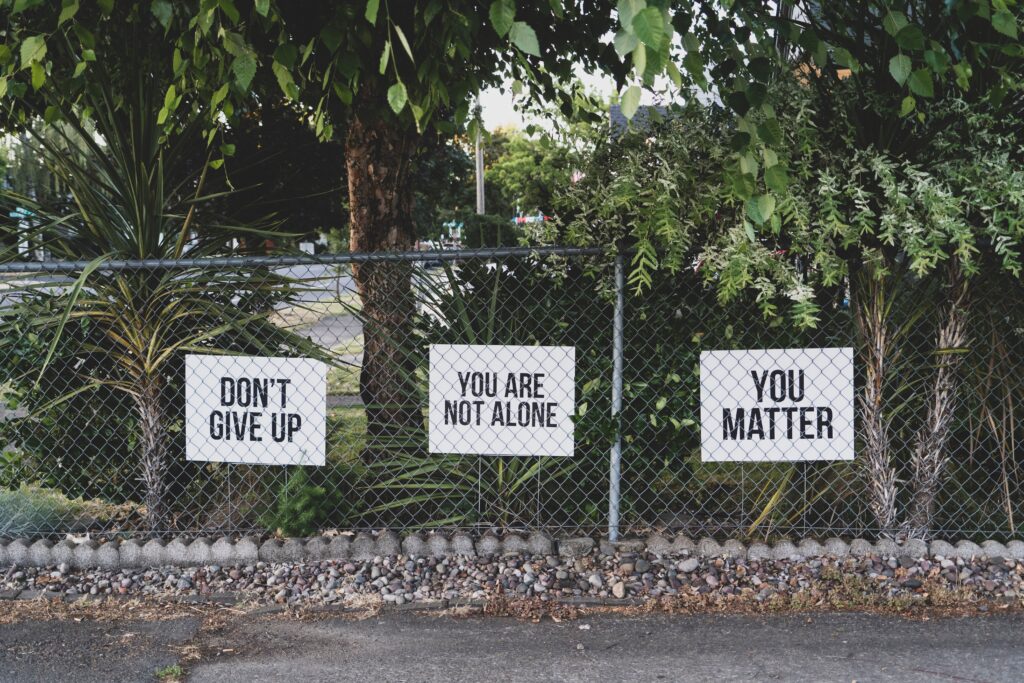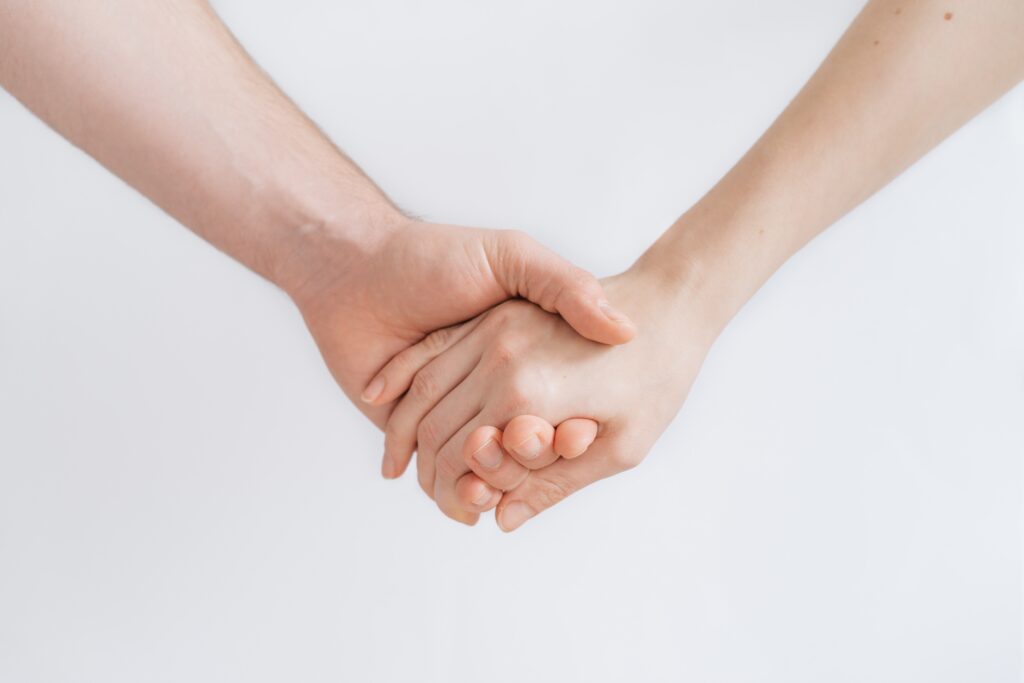It’s the 21st century, and many people worldwide experience what can be called mental health enlightenment. The days are almost gone when a person with a mental illness felt like an outcast, deemed to be “different”, not even realising that they had to seek help and get better. With an increased awareness of mental health as a whole, we can do a lot more to make our fellow neurodivergents’ lives easier and more fulfilling.
ADHD affects individuals’ day-to-day lives and their mental health. Short for Attention Deficit Hyperactivity Disorder, ADHD can be a LOT when everyday life is already complicated as it is. As we wrap up ADHD Awareness October this year, we want to shine a light on the often-overlooked topic of ADHD in women. We’ll try to emphasise the underlying reasons for the significant differences between men and women living with ADHD.
What’s the first thing that comes to mind when we hear these four words – ADHD? Probably a little boy, constantly tapping his ball pen on the desk, fidgeting in his chair, and occasionally being a bit loud, perhaps even annoying. Well, nothing out of the ordinary for the profile our society has created for little boys. Now, take a moment to imagine what a girl with ADHD looks like. Not that easy, right?
The problem is not your poor imagination skills – rather, a large set of sociocultural factors playing their parts altogether to make female ADHD a complicated topic to talk about.
Have you ever wondered why research consistently shows that ADHD is more frequently diagnosed in males than females? The answer is surprisingly straightforward: the reseach on ADHD and thus, the assessments have focused on the presentation of symptoms in males making it harder to identify it in women, especially at a young age.
While boys have the freedom to express themselves, even hyperactive ones outwardly, girls are encouraged to internalise the vast waves of energy begging to burst out. Unfortunately, gender roles didn’t approve of the loud girls, while boys have often been favoured for that same reason. Even our owner and founder, Sheena Howard was told she was “too loud”, “too aggressive”, “too much” when she was a girl.
This is what ADHD in women can look like:
Inattentiveness Over Hyperactivity
While the stereotypical image of ADHD often involves hyperactivity, women with ADHD may exhibit more inattentive symptoms. They might struggle with focusing, staying organised, and completing tasks, which can be misconstrued as laziness or a lack of interest.
Hyperactivity is Shamed
When hyperactive symptoms are seen in girls and young women, excessive talking,, interupting, impatience, shouting out answers, speaking loudly, opinionated, physically active – adults typically use shame to reduce these seemingly unwelcome behaviours. By the time a child with ADHD is 12 years old, they will have heard over 20000 negative comments about their behaviour.
Internalising Symptoms
Women with ADHD may internalise their struggles, making them less noticeable to others. They might experience intense self-criticism, anxiety, and depression, which can be linked to their ADHD. These internalised emotions can be challenging to recognise and address.
Masking and Coping Mechanisms
Women often develop coping mechanisms to mask their ADHD symptoms. They might become overachievers, perfectionists, or people-pleasers. While these coping strategies can lead to success in some areas, they can also lead to burnout and heightened anxiety.
Social Challenges
Women with ADHD can face social difficulties. They might struggle with forming and maintaining relationships due to impulsivity or problems with emotional regulation. Additionally, they may have trouble reading social cues or controlling their emotions in social situations.
Hormonal Influences
Hormonal changes during the menstrual cycle, pregnancy, peri-menopause and menopause can exacerbate ADHD symptoms in women. This can lead to fluctuations in attention, mood, and overall functioning.
Late Diagnosis
Many women with ADHD go undiagnosed until adulthood, meaning they’ve struggled for years without understanding the cause. This late diagnosis can result in missed opportunities for intervention, support, education and work.
Comorbid Conditions
Women with ADHD are more likely to experience comorbid conditions like anxiety and depression. These conditions can further complicate their lives and may need to be addressed alongside their ADHD.
Challenges in Parenting
Women with ADHD who are mothers may find it particularly challenging to manage the demands of parenting. They might struggle with organisation, time management, and maintaining routines, which can also impact their children.
Career Challenges
ADHD can affect a woman’s career in various ways. They may need help with time management, staying on task, or meeting deadlines, potentially leading to underemployment or job changes.
Physical Health Implications
Women with ADHD may be at a higher risk for specific physical health issues as they struggle to maintain healthy habits such as regular exercise, a balanced diet, and adequate sleep.
So, when you think of ADHD, remember that it’s not limited to any one gender, and women with ADHD face unique challenges in their journey toward understanding and managing this condition. Empathy, understanding, and support can make a world of difference in helping these women live their lives to the fullest.
Women living with ADHD are encouraged to participate in group therapy sessions at Acceptance Clinic. If you’re interested in joining the next group, scheduled to begin in 2024, simply send an email to [email protected] to get on the waitlist. We believe in providing a supportive and accepting environment for all individuals seeking assistance in managing their ADHD, and we look forward to helping you on your journey to better mental health.













